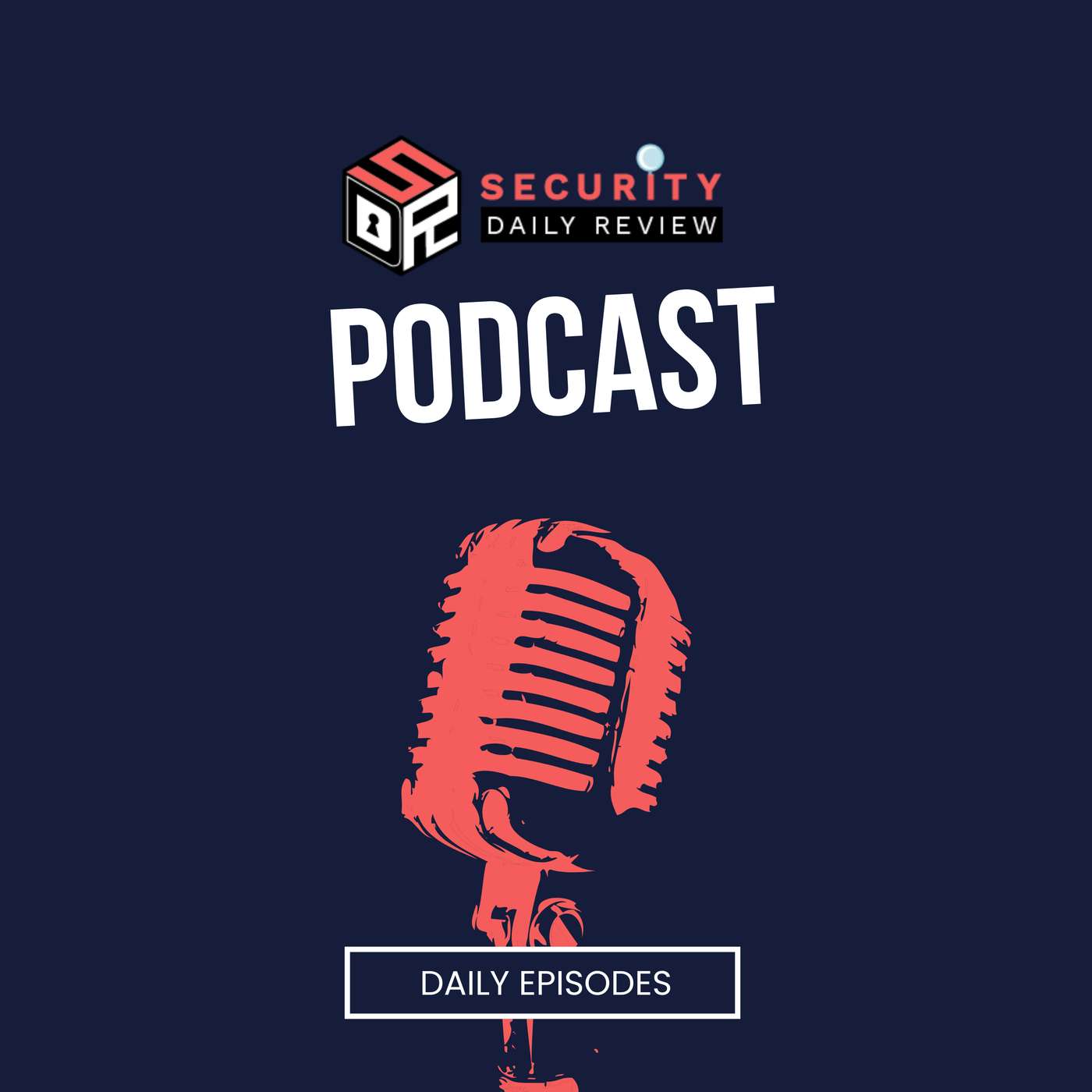Cybercriminals aren’t just breaking in—they’re borrowing your brand to do it. This episode dives into the critical intersection of brand protection, threat intelligence, and external attack surface management (EASM) and lays out a practical, intelligence-driven blueprint you can start applying today.
We begin with the state of brand abuse: a sharp year-over-year surge in online scams ranging from HR recruitment fraud to “money-flipping” schemes and look-alike social accounts. Why it matters: your brand is the first—and often only—trust signal customers and candidates use. One exposure to a toxic impersonation can drive nearly half of your audience to disengage, and repeated incidents permanently erode trust. We unpack a proven five-step defense: (1) audit every branded asset, including domains, logos, executives, shadow sub-brands, and “gray space” like Reddit, marketplaces, and the dark web; (2) get proactive with trademark/domain registrations (including typos and homoglyphs) and claim social handles preemptively; (3) stand up continuous monitoring that automates takedown triggers across malicious domains, fake accounts, and credential-stuffing chatter; (4) pair that automation with human analysts who can triage signal from noise, validate threats, and read adversary intent; and (5) execute adversary disruption—fast, repeatable takedowns; block-listing; and workflowed remediations that actually remove the threat, not just alert on it.
Next, we zoom out to EASM: your real attack surface now spans cloud, SaaS, subsidiaries, forgotten assets, and exposed IoT. We break down how managed EASM inventories unknown assets, contextualizes business impact, pressure-tests exposure (e.g., OWASP-aligned checks at scale), and prioritizes fixes based on exploitability and value to attackers. Done right, EASM compresses “find to fix” timelines and gives SOC teams repeatable coverage without burning cycles.
Then, proactive threat intelligence and hunting: waiting for alerts misses the 20% of threats that slip past controls. We walk through IOFA™ (Indicators of Future Attack)—spotting malicious infrastructure before it’s used—plus the hunt tradecraft that works: hypothesis-driven hunts on DNS, network, identity and SaaS telemetry; baselining to catch subtle anomalies; and ML-aided clustering to surface coordinated campaigns. We also compare platform approaches with examples like Silent Push (preemptive infrastructure mapping, DNS/IPv4/IPv6 telemetry, enrichment over 70+ attributes, massive API surface) and ZeroFox (digital risk/brand protection, takedown operations, dark web monitoring)—and where each fits in a modern stack alongside SIEM/SOAR/TIP.
Finally, we go regional. In the Middle East & Africa, cybersecurity demand is surging on the back of Vision-scale national programs, digital banking, OT exposure, and sovereign-cloud mandates—yet teams face talent constraints and fragmented regulation, accelerating the shift to managed services. Across APAC, especially Taiwan and Thailand, we outline the rising tempo and sophistication of ransomware crews and nation-state espionage (supply chain intrusions, telecom/semiconductor targeting, dark-web tradecraft), plus why external attack surface blind spots and exposed IoT make these ecosystems high-leverage targets.
Takeaways you can use this week:
- Map your brand and external surface together (logos to DNS), not in silos.
- Automate the boring parts (discovery, monitoring, templated takedowns) and reserve human time for adjudication, escalation, and intel production.
- Measure success by time-to-takedown, time-to-patch, and reduction in re-registration of malicious domains—then reinvest those wins into deeper hunt coverage.
#Cybersecurity #BrandProtection #ThreatIntelligence #EASM #DigitalRisk #Typosquatting #Impersonation #Ransomware #DarkWeb #ThreatHunting #SIEM #SOAR #TIP #SilentPush #ZeroFox #MEA #APAC #Taiwan #Thailand #OTSecurity #ExternalAttackSurface







